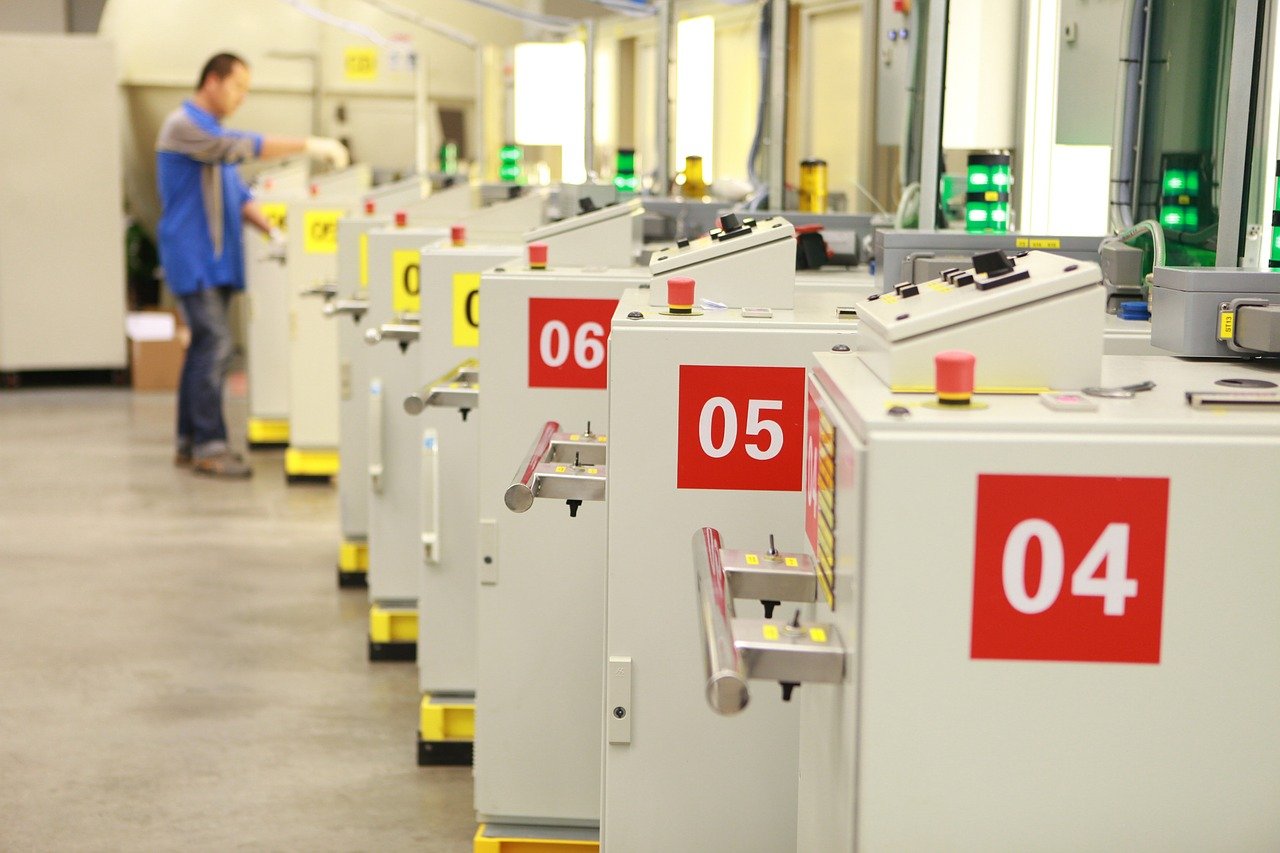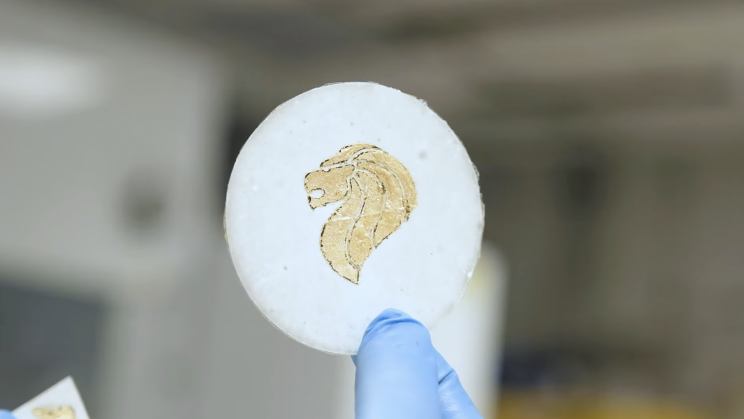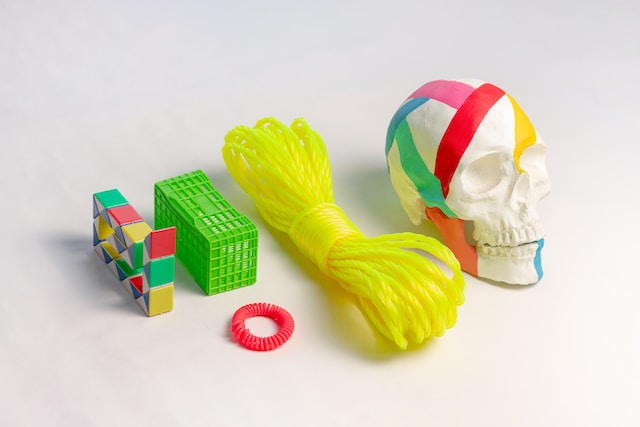You can use injection molding in a wide range of production processes. Toys, plastic trinkets, car body pieces, drink bottles, containers, mobile phone covers, and a slew of other containers are all regularly made using this method.
Most plastic objects we use daily are manufactured via injection molding. Product design may be widened by its ability to be made in various sizes and shapes. Compared to any other material, plastic allows for more design flexibility and weighs less.
How does the injection molding process work?
An injection molder’s heated barrel, screw, and feed hopper are the three most critical components. You pour plastic powder or grains into the hopper. For some of them, such as resins, heating them is not required.
Using a heated screw, you can melt solid materials without a lot of friction. You can use an injection nozzle to bring the molten material into the mold cavity, where it cools and hardens before you remove it. At first appearance, the draft angle injection molding may seem straightforward; however, the stages required are somewhat intricate.
As the material cools and solidifies in the injection cavity, it takes on the cavity form. After the mold hardens, the platen holding the mold will open and release the product.
The principle of injection molding
There is nothing complicated about the process of injection molding. However, injection molding is not as straightforward as it seems. Heating polymers have a variety of effects. When melted, they exhibit a wide range of properties that may affect the production of more complex goods.
Pressure flow and heat transfer are vital components in injection molding. Only a primary injection molding machine, which uses a press and a mold, is required for this process.
Advantages to using plastic injection molding technology
Many firms choose the injection molding technique because of its flexibility in creating goods and components. Injection molding, in addition, provides several benefits over conventional production methods.
Offers consistent repeatability
The capacity to accurately copy each item in the automobile sector is essential. As long as you carve the mold from a trustworthy metal substance, you can use it to create all the seals that meet the standards. Because of this, it is simple for the automobile industry to get the precise specifications it requires in every seal.
Shorter cycle times
As a result, injection molding considerably lowers the lead time and cycle time. It is possible to measure cycle times in seconds rather than minutes since injection molding may be automated. Fast manufacturing and assembly are critical in the high-speed automobile sector.
Boosts Recycling
Through injection molding, you keep contamination of raw materials to a minimum. Since contamination is decreased, you can employ molded components and seals in more essential applications, such as artificial intelligence sensors in future automobile molded. Additionally, rubber injection molding may produce unique forms with little to no flash or surplus material exceeding conventional component geometry. There is a cost-effective and environmentally friendly approach to making complicated bespoke forms.
It cuts down manufacturing costs
In injection molding, all of the work is done by robots and machines, and there is only one person in charge of the whole process. Since you reduce overhead expenses, production costs are reduced due to this automation process.
Allows the use of many materials
This manufacturing technique allows for the simultaneous usage of different polymers. Allows for a wide range of materials to be employed because of its co-injection nozzle.
Finished products with enhanced strength
A filler is used in the injection molds for injection molding. While adding the fillers has decreased the density, it has also increased its strength.
Innovations in injection molding
Injection molding is evolving along with the rest of the manufacturing industry. It would be impossible to cover the entire intriguing developments now taking place in the injection molding industry, but here is a handful that should catch your attention:
Micromolding
RFID tags in component manufacture have made significant progress thanks to these innovations.
Injection Mold Tool Printed (PIMT)
An intriguing aspect of PIMT is the potential for retrofitting 3D printed inserts into a standard steel tool for use in injection molding. For example, PIMT may be used to produce a limited number of pieces (e.g., a few thousand) for prototype injection molding manufacturing, where the material they were made from was not crucial. Steel tooling can withstand repeated exposure to high temperatures without deforming, but PIMT technology is limited by the material used to create the printed insert.
The manufacturing technique of injection molding is ideal for high-volume production. It also doesn’t need a lot of post-production effort.






